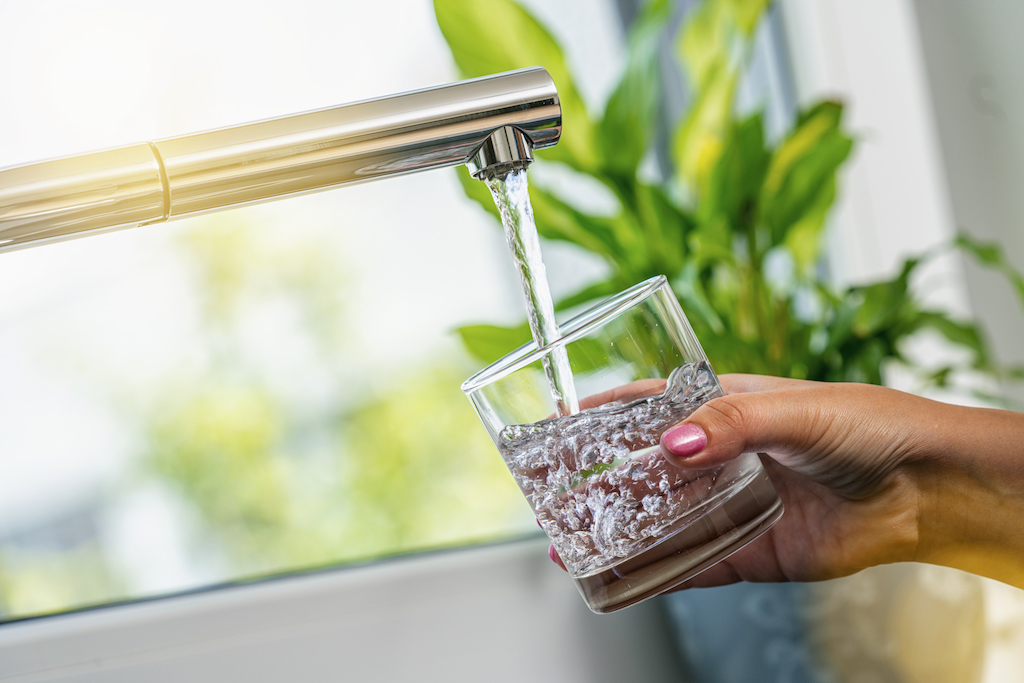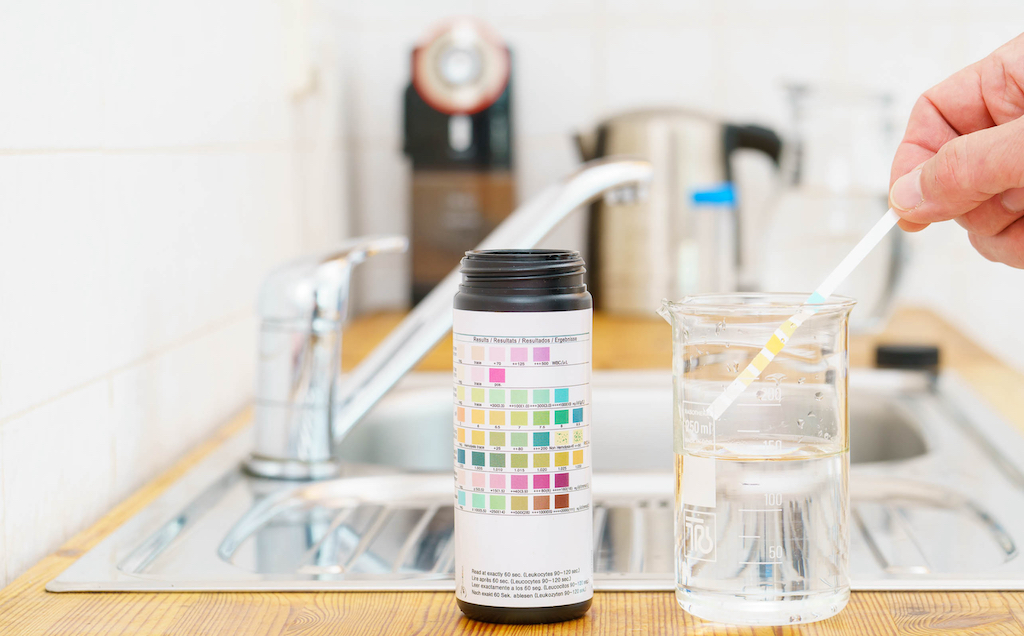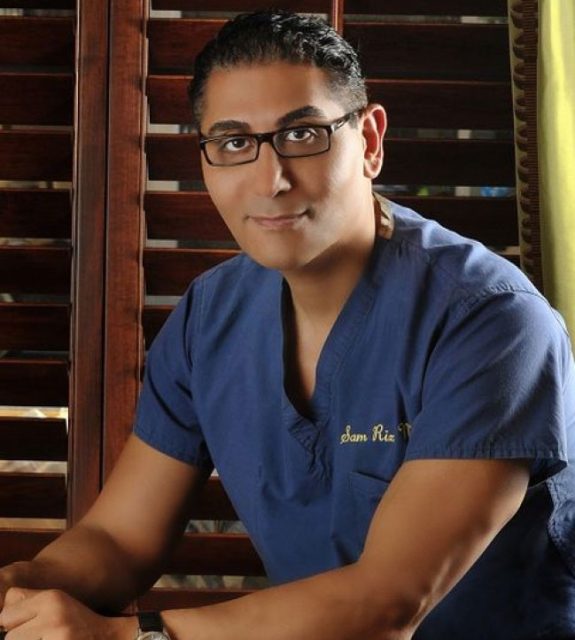 Photo Credit: Shutterstock
Photo Credit: Shutterstock
Living a clean life can be a daunting task in our chemically-infused environment. From beauty products to food, water, and even clothes, everything is treated with chemicals. While it may be impossible to completely avoid exposure to these substances, it is crucial to be aware of their harmful effects and feel empowered to pick your own poisons.
What if you discovered your tap water is harboring a staggering amount of chemicals and bacteria that are being absorbed by your body? Water is essential for our daily lives, so it is vital to ensure that we are exposing our bodies to the purest form of H2O.
Tap or Bottled?
Many have heard that New York has the “cleanest tap water” coming in from the Hudson Valley and Catskills. However, by the time it reaches the pipes of New York City, it has been treated with chemicals compromising the quality of the water. Although tap water goes through rigorous testing before it is declared safe, there are still potential adverse health effects that are associated with repeated exposure to substances found in our water system. You might consider splurging on your next outing on bottled water to avoid unnecessary toxins.
What Lurks Beneath
Fluoride, Aluminum, Lead, Arsenic, and Nitrates are just some of the chemicals that are commonly found in tap water that at high doses have been linked to cancer. Digging deeper into our water supply system you can find other less known cancer-causing agents present in our system. To better understand the safety of your tap water, the non-profit organization Environmental working group (EWG) tracks chemical safety in our environment and informs consumers of possible dangers.
According to EWG, New York has a total of 18 contaminants found that exceed their health guidelines, and “Legal limits for contaminants in tap water have not been updated in almost 20 years.” Haloacetic acids found in New York tap water are 800 times over the legal limit. These acids are disinfection byproducts formed when chlorine reacts with naturally occurring matter. In Miami, the level of Arsenic, a potent carcinogen, is 243 times the legal limit. Unfortunately, exposure to these chemicals is not limited to drinking water, as they can also be absorbed by the body through showering and brushing teeth.
 Photo Credit: Shutterstock
Photo Credit: Shutterstock
Testing the Quality
If you are concerned about the quality of drinking water at home, you can use a home water testing kit, which is widely available at hardware stores or online. These kits typically come with test strips or liquid reagents that you can use to detect different types of chemicals, such as chlorine, lead, pesticides, and bacteria.
To use the kit, you will need to collect a water sample from your tap and follow the instructions provided in the kit. Usually, you will need to dip a test strip into the water or add a few drops of liquid reagent to the sample, and then compare the color of the strip or the solution to a chart provided in the kit. This will help you determine the levels of different chemicals in your tap water and whether they are within safe limits according to EPA standards.
Filters Are Crucial
Access to clean drinking water is a vital component of maintaining good health. Unfortunately, many people are not aware of the potential dangers lurking in our water supply. To safeguard your health, it's essential to take proactive measures, like investing in a reliable filtration system. There are several options to consider when selecting a filter, including the Kangen water system. Developed in Japan, this alkaline ionizer and filtration machine effectively structure water for optimal health benefits. Another great option is the AquaTru countertop water filter, which is less advanced but just as functional. AquaBliss also offers a range of high-quality shower head filters. It's always best to consult with a specialist in your area to determine your specific filtration needs, as each city has different chemical and filtration requirements. You can find more information regarding the water quality in your city here.





















